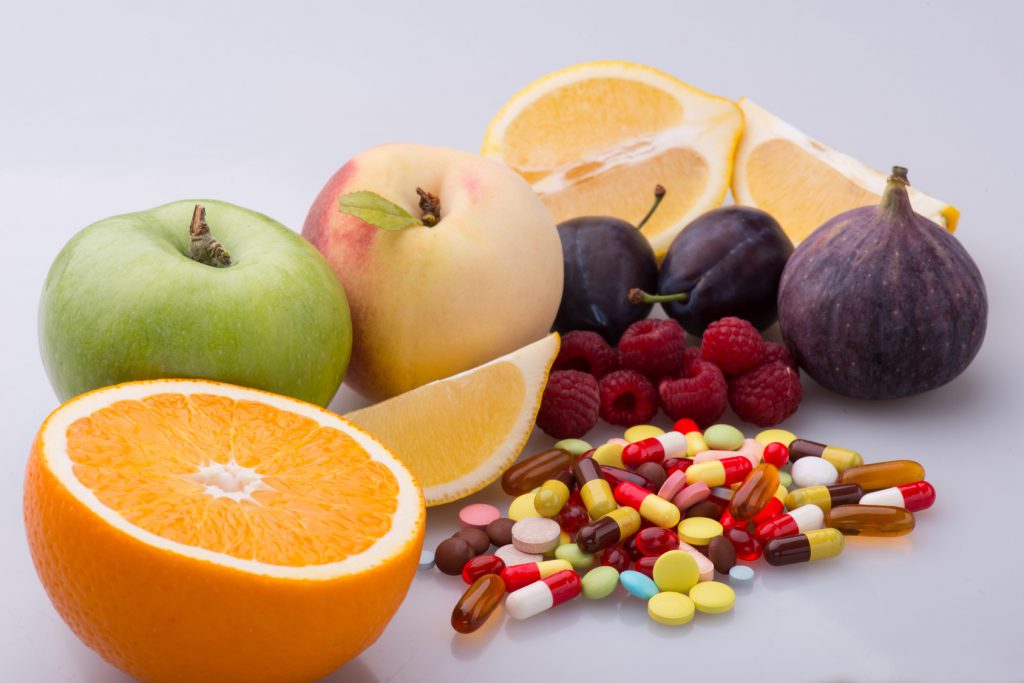
Cosmetics often contain vitamins that have a positive effect on the skin. Check when you should use them, what effects they give and how you can deliver these valuable substances to your skin.
Vitamins in cosmetic products
Vitamins are involved in very important processes for the skin. They have a moisturizing, exfoliating and antioxidant action, protect against harmful UV rays and treat acne. The effectiveness of the vitamins depends on many factors, such as:
- the amount of substance concentration – the higher the concentration, the better the effects; there are also vitamins that work in low concentrations;
- the form of the vitamin – derivative or pure form;
- the form of the product – oil-soluble or water-soluble substances;
- the vitamin stability – sun and high temperature negatively affect vitamins, and oxygen causes some substances to oxidize;
- the size of molecules – the smaller the molecules, the better and deeper they penetrate the skin.
The following vitamins are most commonly used in cosmetic products: C, A (together with its derivatives: retinoic acid, beta-carotene and retinol), E, K, B and F.
How does the body absorb vitamins?
The skin functions as a natural barrier that protects against pathogens and harmful substances. Unfortunately, this barrier also hinders the absorption of care cosmetics. Of great importance here is the cornified layer, which consists of dead skin cells. If regularly exfoliated, the nutrients will be better absorbed into the skin.
Active substances enter the skin in various ways:
- Active substances penetrate the skin cells – this is how small molecules penetrate.
- Active substances penetrate the intercellular cement.
- Active substances penetrate hair follicles or sebaceous glands – this way larger molecules are absorbed.
Another barrier that may inhibit the nutrient absorption is the lipid layer. Vitamins found in cosmetics are mostly in the form of liposomes that enhance the absorption of vitamins. Additional substances included serve to facilitate this task. Among them are: propylene glycol, glycerine, fatty acids and urea.





Leave a Reply